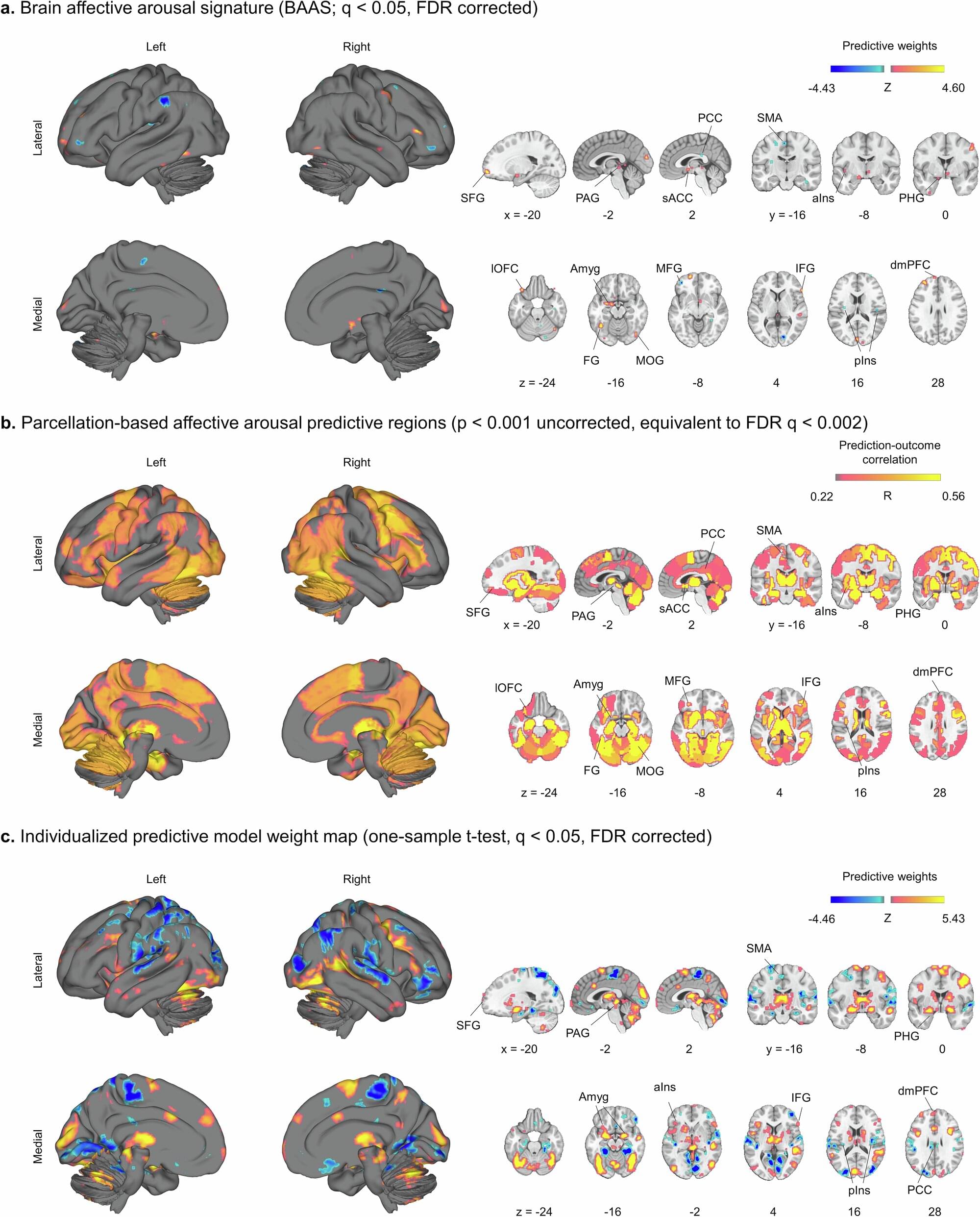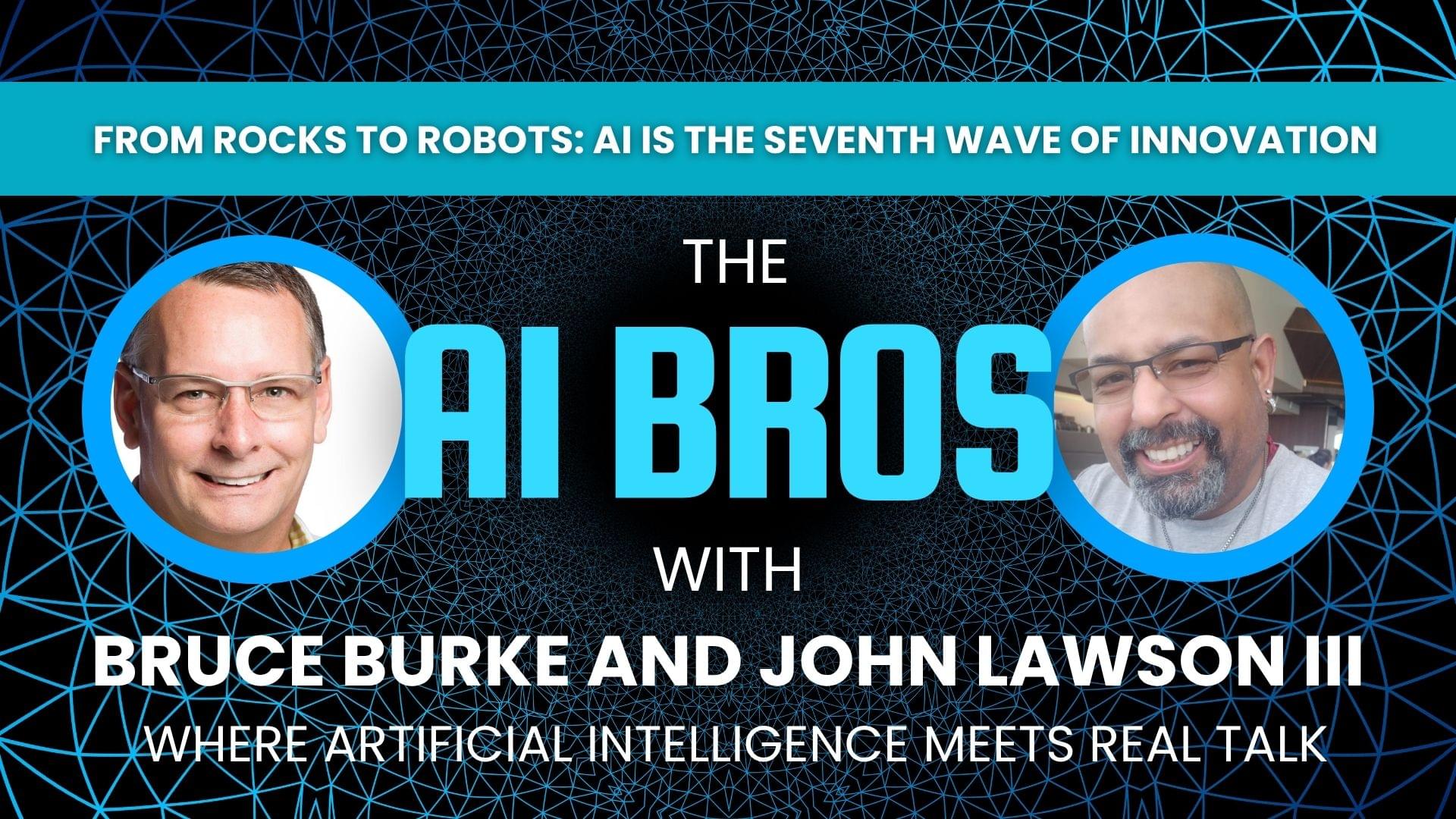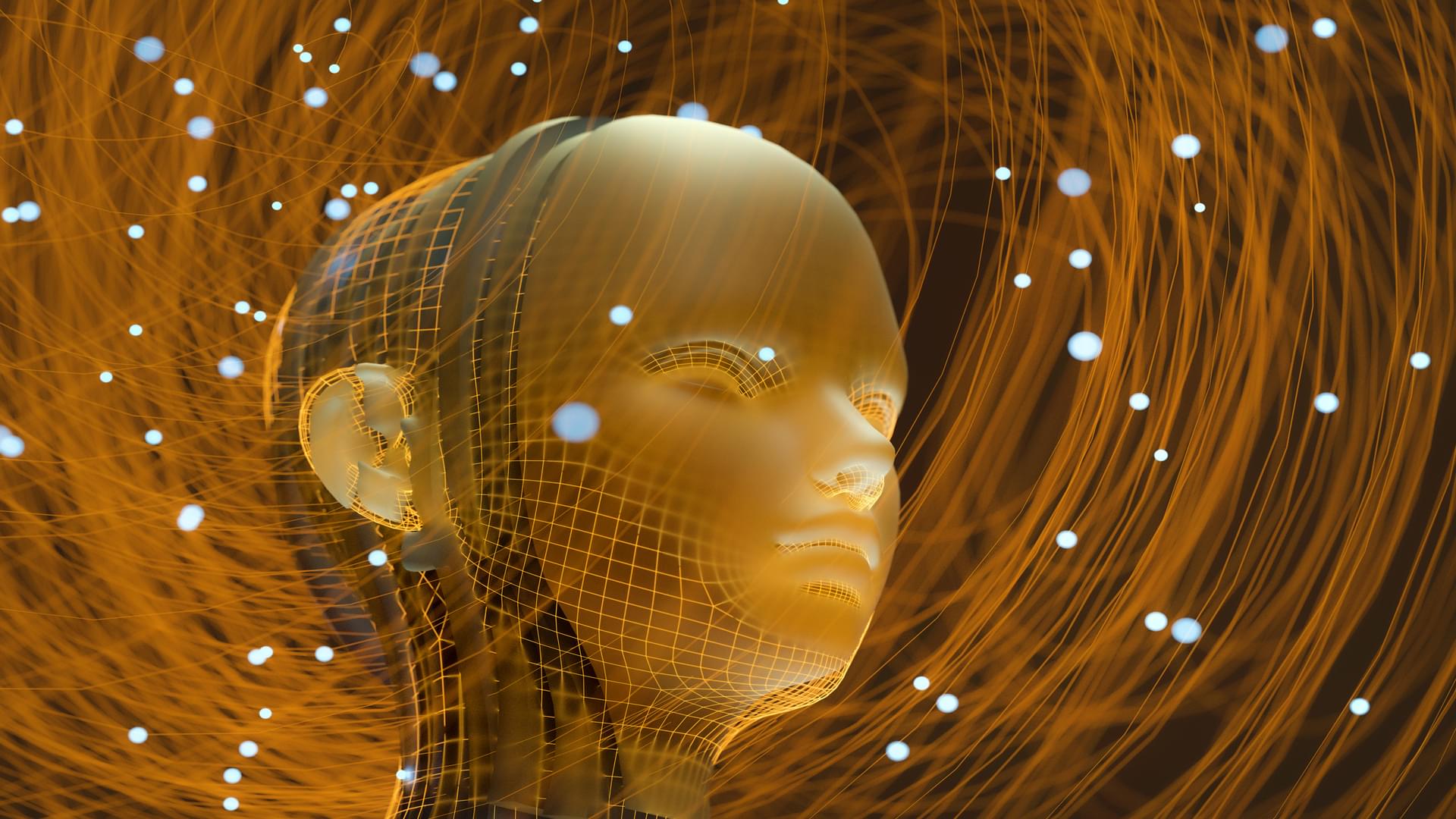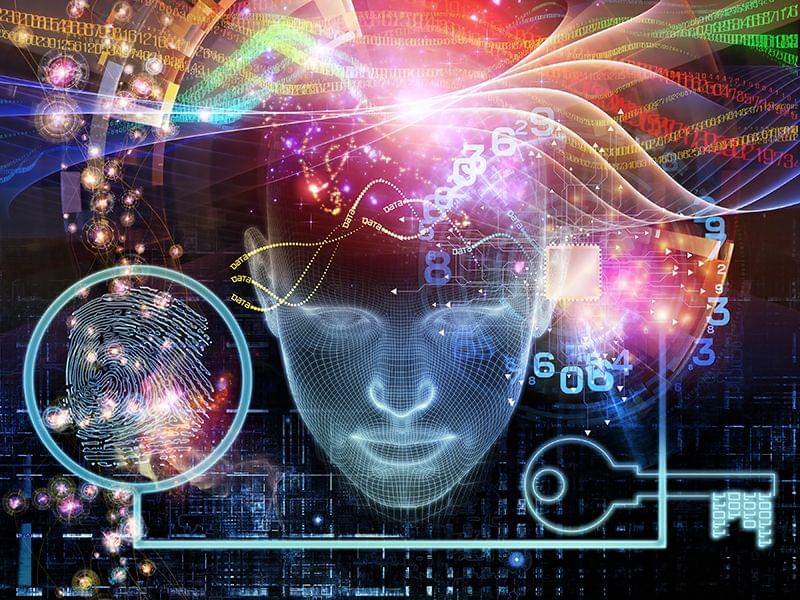Solves major problems associated with integrating electronics, photonics in microchip systems.
The MIT device in the green callout could be key to faster, more energy-efficient data communication. It solves a major problem associated with packaging an electrical chip (black, center) with photonic chips (the eight surrounding squares). This image also shows an automated tool placing the final photonic chip into position. Image courtesy Drew Weninger, MIT.
The future of digital computing and communications will involve both electronics—manipulating data with electricity—and photonics, or doing the same with light. Together the two could allow exponentially more data traffic across the globe in a process that is also more energy efficient.
“The bottom line is that integrating photonics with electronics in the same package is the transistor for the 21st century. If we can’t figure out how to do that, then we’re not going to be able to scale forward,” says Lionel Kimerling, the Thomas Lord Professor of Materials Science and Engineering at MIT and director of the MIT Microphotonics Center.
Enter FUTUR-IC, a new research team based at MIT and funded by the National Science Foundation’s Convergence Accelerator through a cooperative agreement. “Our goal is to build a microchip industry value chain that is resource-efficient,” says Anu Agarwal, head of FUTUR-IC and a principal research scientist at the Materials Research Laboratory (MRL).







